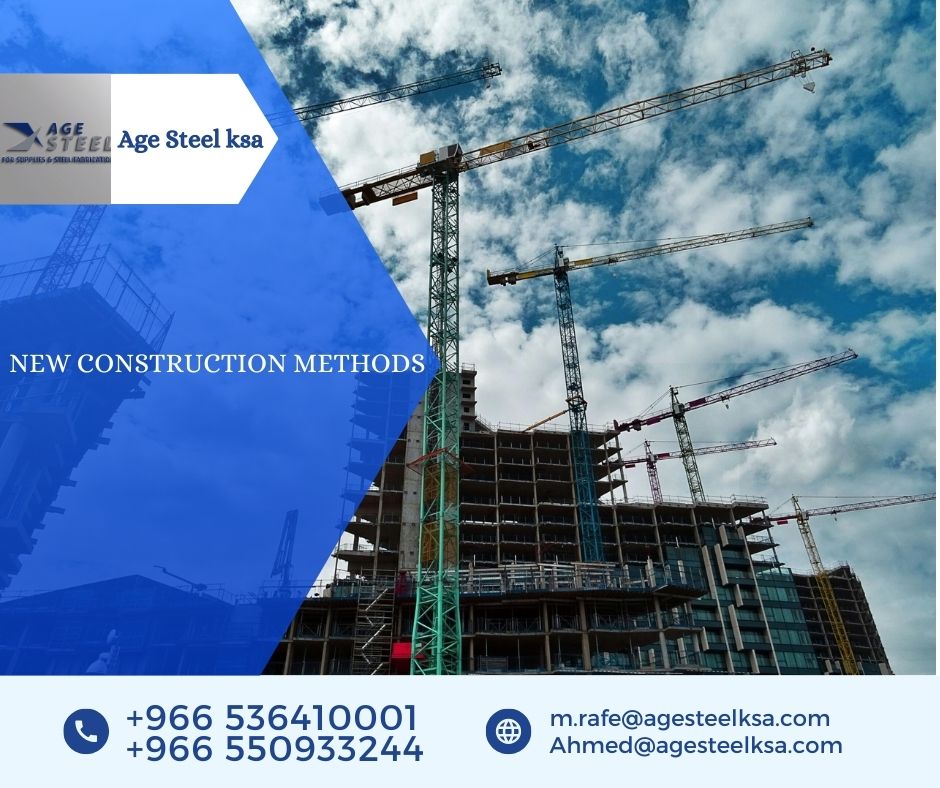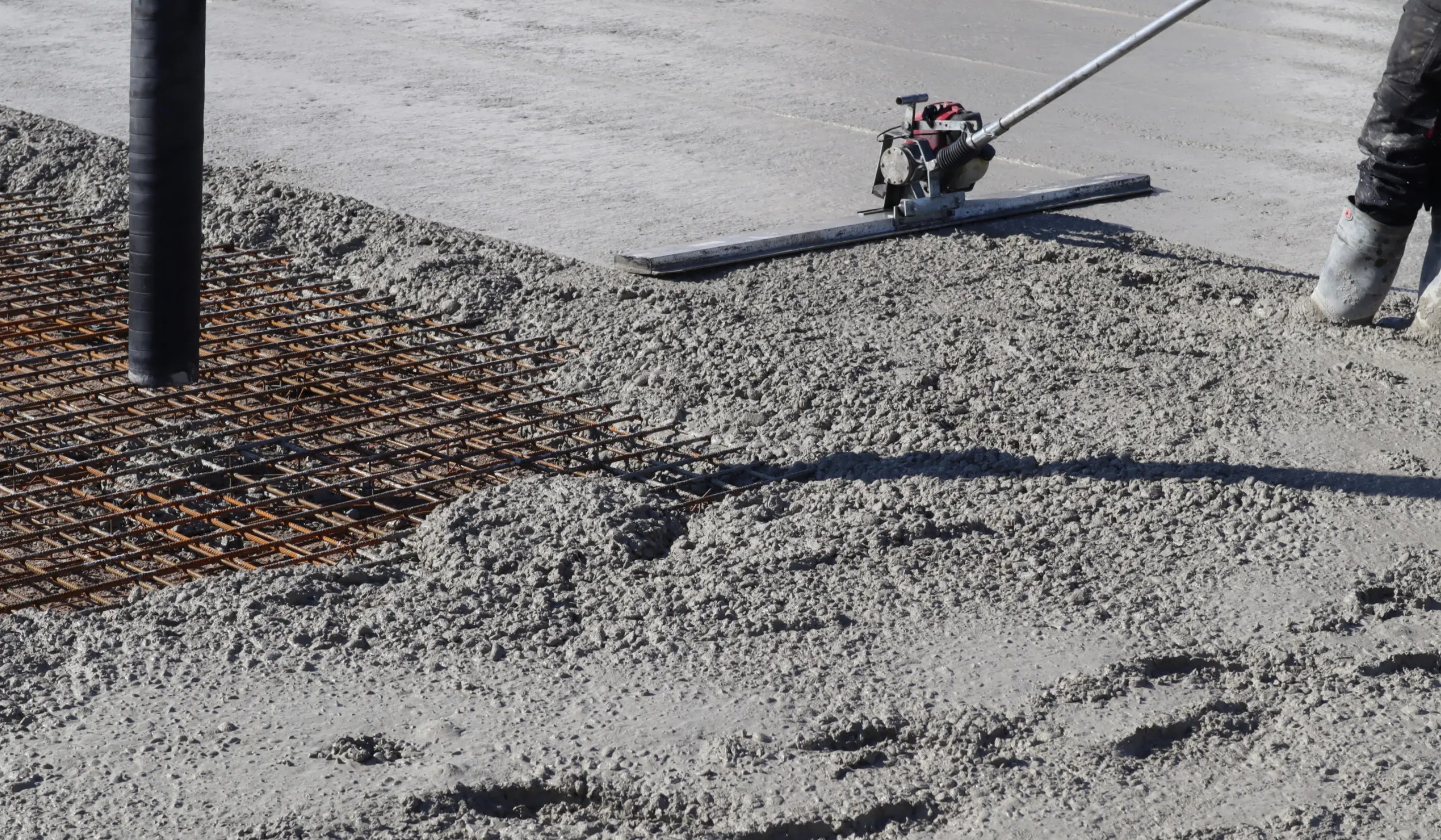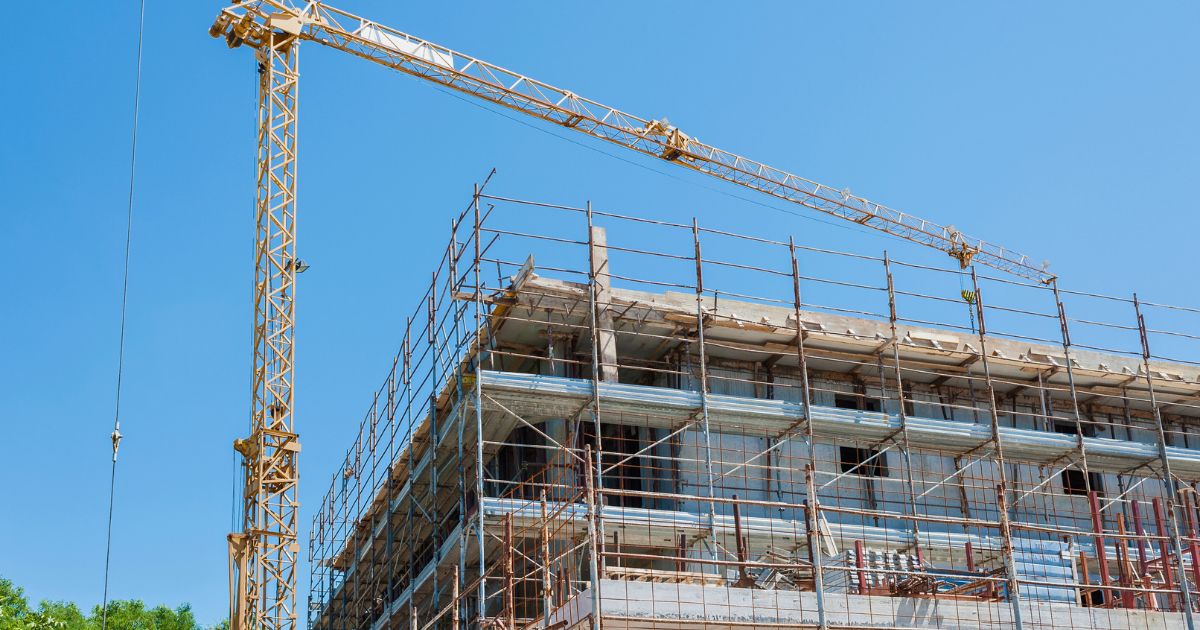
The construction sector is continuously evolving due to technological innovations and new construction methods. These advancements improve construction efficiency, reduce costs, and minimize environmental impact. New construction methods are designed to enhance sustainability, durability, and affordability in modern building projects. Structural steel fabrication services provide strong and reliable frameworks for buildings. Industrial steel fabricators play a significant role in supplying high-quality materials for these advancements. In this article, we explore the latest new construction methods that are reshaping the future of the industry and discuss their benefits in depth.
3D printing is one of the most promising technologies in new construction methods, enabling the creation of complex structures quickly and efficiently. It reduces material waste, shortens construction time, lowers labor costs, and allows for greater design flexibility.
Advantages of 3D Printing in new construction methods:

Modular construction involves manufacturing building components in factories and assembling them on-site, significantly reducing construction time and costs. Prefabricated buildings maintain consistent quality standards, as they are built in controlled environments.
Advantages of Modular Construction in new construction methods:
Self-healing concrete incorporates bacteria or chemical compounds that repair cracks automatically when exposed to water or air, enhancing the longevity of structures and reducing maintenance.
Benefits of Self-Healing Concrete in new construction methods:

New materials are being developed to reduce environmental impact, such as bricks made from plastic waste and engineered wood. Sustainable building materials help reduce carbon footprints and promote eco-friendly construction.
Examples of Sustainable Materials in new construction methods:
Artificial intelligence is used to analyze project data, optimize designs, and predict potential issues. Robots assist with tasks like painting, bricklaying, and assembling steel structures, improving efficiency and safety.
Benefits of AI and Robotics in new construction methods:
Modern buildings use sensors and IoT technologies to monitor electrical, HVAC, and security systems automatically, improving energy efficiency and enhancing the living experience.
Examples of Smart Buildings in new construction methods:

New construction methods are transforming projects, making them faster, more efficient, and environmentally friendly. Structural steel fabrication services enhance building strength and stability, while industrial steel fabricators provide necessary materials for modern techniques.
Construction companies in KSA and Jubail are at the forefront of adopting these methods to meet modern infrastructure demands. These techniques ensure buildings are cost-effective, durable, resilient, and environmentally responsible for generations to come.
